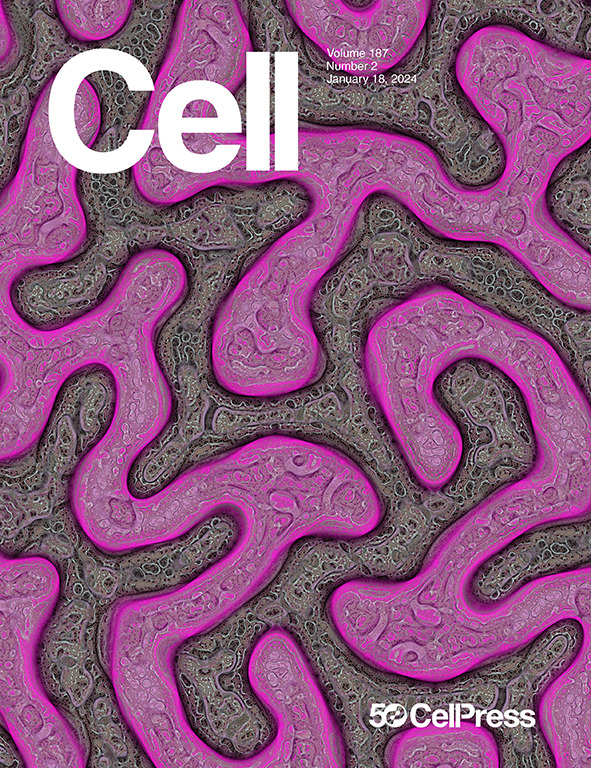The essential host genome for Cryptosporidium survival exposes metabolic dependencies that can be leveraged for treatment
IF 45.5
1区 生物学
Q1 BIOCHEMISTRY & MOLECULAR BIOLOGY
引用次数: 0
Abstract
Cryptosporidium is a leading cause of diarrheal disease, yet little is known regarding the infection cell biology of this intracellular intestinal parasite. To this end, we implemented an arrayed genome-wide CRISPR-Cas9 knockout screen to microscopically analyze multiple phenotypic features of a Cryptosporidium infection following individual host gene ablation. We discovered parasite survival within the host epithelial cell hinges on squalene, an intermediate metabolite in the host cholesterol biosynthesis pathway. A buildup of squalene within intestinal epithelial cells creates a reducing environment, making more reduced glutathione available for parasite uptake. Remarkably, the Cryptosporidium parasite has lost the ability to synthesize glutathione and has become dependent on this host import. This dependency can be leveraged for treatment with the abandoned drug lapaquistat, an inhibitor of host squalene synthase that shifts the redox environment, blocking Cryptosporidium growth in vitro and in vivo.

隐孢子虫生存的基本宿主基因组暴露了可用于治疗的代谢依赖性
隐孢子虫是腹泻疾病的主要原因,但对这种细胞内肠道寄生虫的感染细胞生物学知之甚少。为此,我们实施了全基因组排列CRISPR-Cas9基因敲除筛选,以显微镜下分析单个宿主基因消融后隐孢子虫感染的多种表型特征。我们发现寄生虫在宿主上皮细胞内的存活取决于角鲨烯,角鲨烯是宿主胆固醇生物合成途径中的一种中间代谢物。肠上皮细胞内角鲨烯的积累创造了一个还原环境,使更多的还原性谷胱甘肽可被寄生虫吸收。值得注意的是,隐孢子虫寄生虫已经失去了合成谷胱甘肽的能力,并变得依赖于这种宿主进口。这种依赖性可以利用废弃药物拉帕奎司他进行治疗,拉帕奎司他是一种宿主角鲨烯合成酶抑制剂,可改变氧化还原环境,阻断隐孢子虫在体外和体内的生长。
本文章由计算机程序翻译,如有差异,请以英文原文为准。
求助全文
约1分钟内获得全文
求助全文
来源期刊

Cell
生物-生化与分子生物学
CiteScore
110.00
自引率
0.80%
发文量
396
审稿时长
2 months
期刊介绍:
Cells is an international, peer-reviewed, open access journal that focuses on cell biology, molecular biology, and biophysics. It is affiliated with several societies, including the Spanish Society for Biochemistry and Molecular Biology (SEBBM), Nordic Autophagy Society (NAS), Spanish Society of Hematology and Hemotherapy (SEHH), and Society for Regenerative Medicine (Russian Federation) (RPO).
The journal publishes research findings of significant importance in various areas of experimental biology, such as cell biology, molecular biology, neuroscience, immunology, virology, microbiology, cancer, human genetics, systems biology, signaling, and disease mechanisms and therapeutics. The primary criterion for considering papers is whether the results contribute to significant conceptual advances or raise thought-provoking questions and hypotheses related to interesting and important biological inquiries.
In addition to primary research articles presented in four formats, Cells also features review and opinion articles in its "leading edge" section, discussing recent research advancements and topics of interest to its wide readership.
 求助内容:
求助内容: 应助结果提醒方式:
应助结果提醒方式:


